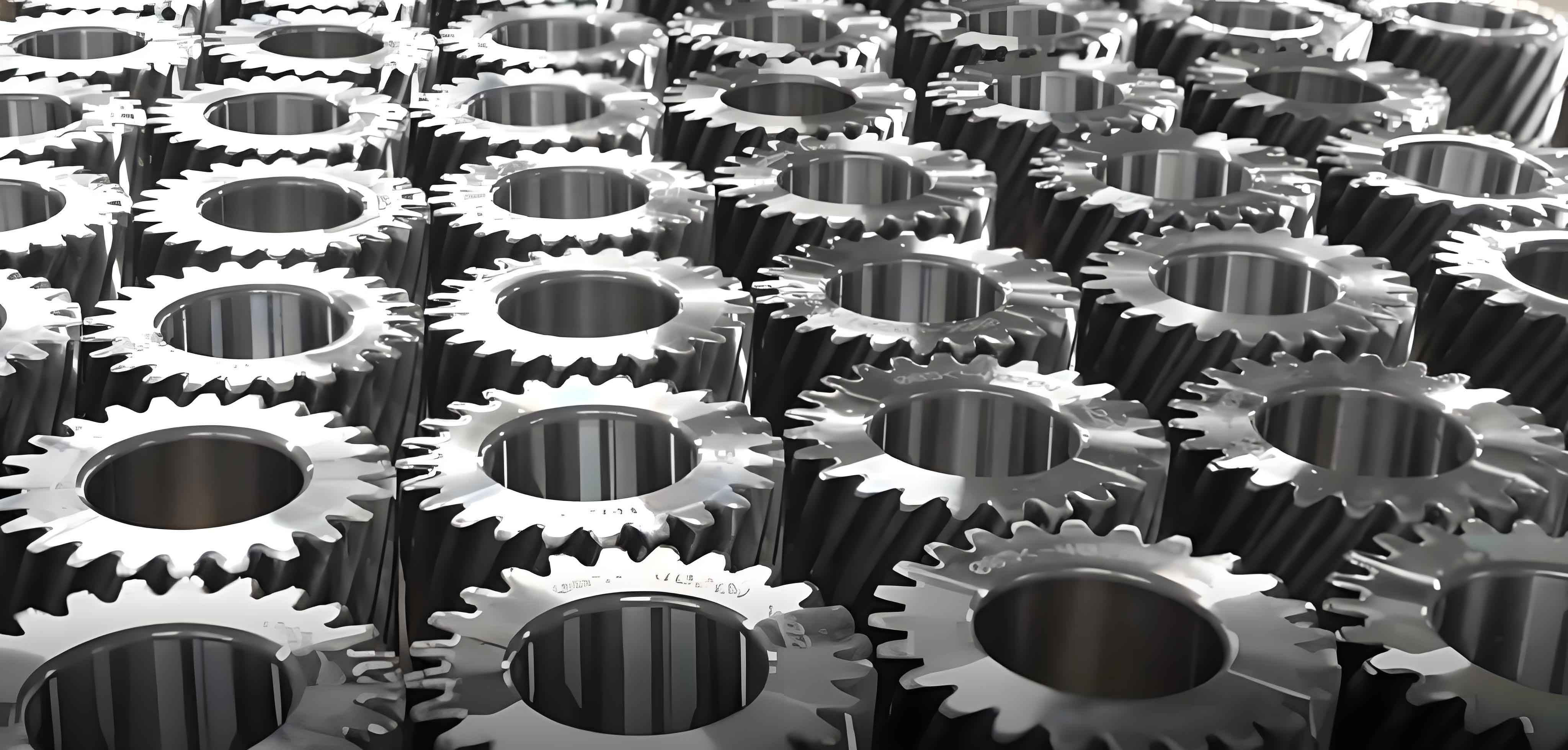Abstract
Spur gear is fundamental components in mechanical transmission systems, widely used in wind turbines, industrial gearboxes, and precision machinery. While speed-reducing spur gear has been extensively studied, the design and modification of speed-increasing spur gear remain under-researched. This study investigates the differences in tooth root bending stress between speed-increasing and speed-reducing drives of involute spur gear under identical power transmission conditions. By combining the critical section method and finite element analysis (FEA), we analyze the bending stress distribution across the tooth profile, emphasizing the role of sliding friction and meshing characteristics. Key findings reveal that speed-increasing drives exhibit 27.8% higher bending stress at the tooth tip region compared to speed-reducing drives, while the tooth root region shows reduced stress. These trends are reversed for the pinion gear. This work provides critical insights for optimizing spur gear design in speed-increasing applications.

Introduction
Spur gear is the simplest and most common type of parallel-axis gears, characterized by straight teeth parallel to the gear axis. Their design simplicity, ease of manufacturing, and high efficiency make them indispensable in power transmission systems. However, the mechanical behavior of spur gear varies significantly between speed-increasing (e.g., wind turbine gearboxes) and speed-reducing drives (e.g., automotive transmissions) due to differences in meshing dynamics and sliding friction.
Traditional gear design standards, primarily developed for speed-reducing spur gear, often applied to speed-increasing systems. Yet, this approach neglects critical distinctions:
- Sliding friction direction: Opposite in speed-increasing vs. speed-reducing drives.
- Meshing force distribution: Influenced by the active/passive role reversal of gears.
- Stress concentration: Varies with the transition between single-tooth and double-tooth meshing zones.
This study addresses these gaps by systematically comparing tooth root bending stress in both drive modes, leveraging theoretical analysis and FEA simulations.
Methodology
1. Critical Section Method
The critical section method, standardized in ISO 6336-3:2019, identifies the weakest cross-section of a gear tooth prone to bending failure. For involute spur gear, the critical section is determined using the 30° tangent method (Figure 1):
- Two 30° lines are drawn from the tooth root fillet.
- The intersection of these tangents defines the critical section (QR in Figure 1).
The bending stress at this section is calculated as:σ=6FncosαA⋅l1+6μFnsinαA⋅l2b⋅s2⋅(1±μtanα2)σ=b⋅s2⋅(1±μtanα2)6FncosαA⋅l1+6μFnsinαA⋅l2
where:
- FnFn: Normal force at the meshing point
- μμ: Sliding friction coefficient
- l1,l2l1,l2: Moment arms for normal and frictional forces
- ss: Critical section thickness
- αAαA: Pressure angle at meshing point
2. Finite Element Analysis
A 3D model of the spur gear pair was developed in SolidWorks and simulated in ABAQUS under dynamic loading conditions. Key parameters include:
| Parameter | Pinion | Gear |
|---|---|---|
| Module (mm) | 2 | 2 |
| Number of Teeth | 20 | 63 |
| Pressure Angle (°) | 20 | 20 |
| Elastic Modulus (GPa) | 210 | 210 |
| Poisson’s Ratio | 0.3 | 0.3 |
The FEA model employed a five-tooth segment with refined meshing (0.02 mm element size) to balance accuracy and computational cost.
Results and Discussion
1. Bending Stress Distribution
The bending stress in spur gear depends on the meshing position:
- Tooth root meshing zone: Lower stress due to shorter moment arm.
- Tooth tip meshing zone: Higher stress due to longer moment arm and sliding friction reversal.
Table 1: Maximum Bending Stress in Speed-Increasing vs. Speed-Reducing Drives
| Torque (N·m) | Speed-Increasing Gear (MPa) | Speed-Reducing Gear (MPa) | Stress Increase (%) |
|---|---|---|---|
| 10 | 7.13 | 6.12 | 16.5 |
| 30 | 24.98 | 20.57 | 21.4 |
| 50 | 40.14 | 32.59 | 23.2 |
| 80 | 56.32 | 47.21 | 19.3 |
| 100 | 78.63 | 61.54 | 27.8 |
| 150 | 117.61 | 104.34 | 12.7 |
For the pinion gear, the trend reverses:
- Speed-increasing drives show 6.4–13.2% lower stress than speed-reducing drives.
2. Role of Sliding Friction
Sliding friction amplifies bending stress at the tooth tip in speed-increasing drives. The friction force direction reverses between drive modes, altering the resultant moment on the critical section:
- Speed-increasing: Friction force points toward the tooth tip.
- Speed-reducing: Friction force points toward the tooth root.
This reversal explains the stress disparity between meshing zones.
3. Impact of Meshing Position
Table 2: Bending Stress at Key Meshing Positions
| Meshing Zone | Speed-Increasing (MPa) | Speed-Reducing (MPa) |
|---|---|---|
| Tooth Root (Single Tooth) | 40.14 | 48.66 |
| Tooth Tip (Single Tooth) | 117.61 | 104.34 |
| Node (Pure Rolling) | 56.32 | 56.32 |
- Single-tooth meshing: Stress peaks at the tooth tip due to full load concentration.
- Double-tooth meshing: Stress reduces by 30–40% due to load sharing.
Conclusion
- Speed-increasing spur gear exhibit 27.8% higher bending stress at the tooth tip compared to speed-reducing drives, necessitating design modifications for high-speed applications.
- The pinion gear experiences reversed stress trends, highlighting the need for asymmetric tooth profiles in hybrid drive systems.
- Sliding friction and meshing dynamics must be prioritized in gear design standards to address the unique challenges of speed-increasing spur gear.
Future work will focus on developing friction-optimized tooth profiles and dynamic load distribution models for spur gear in wind turbines and aerospace systems.
